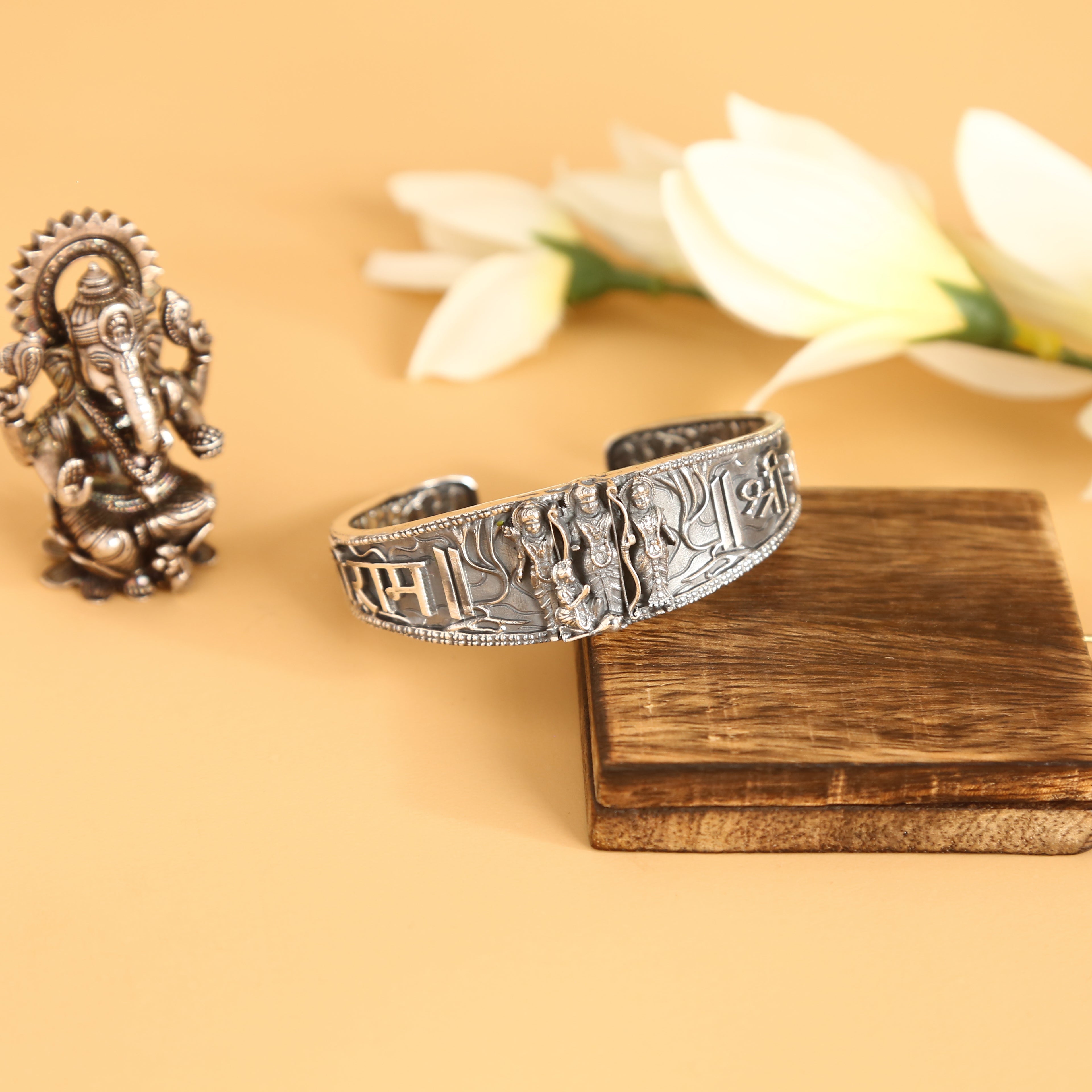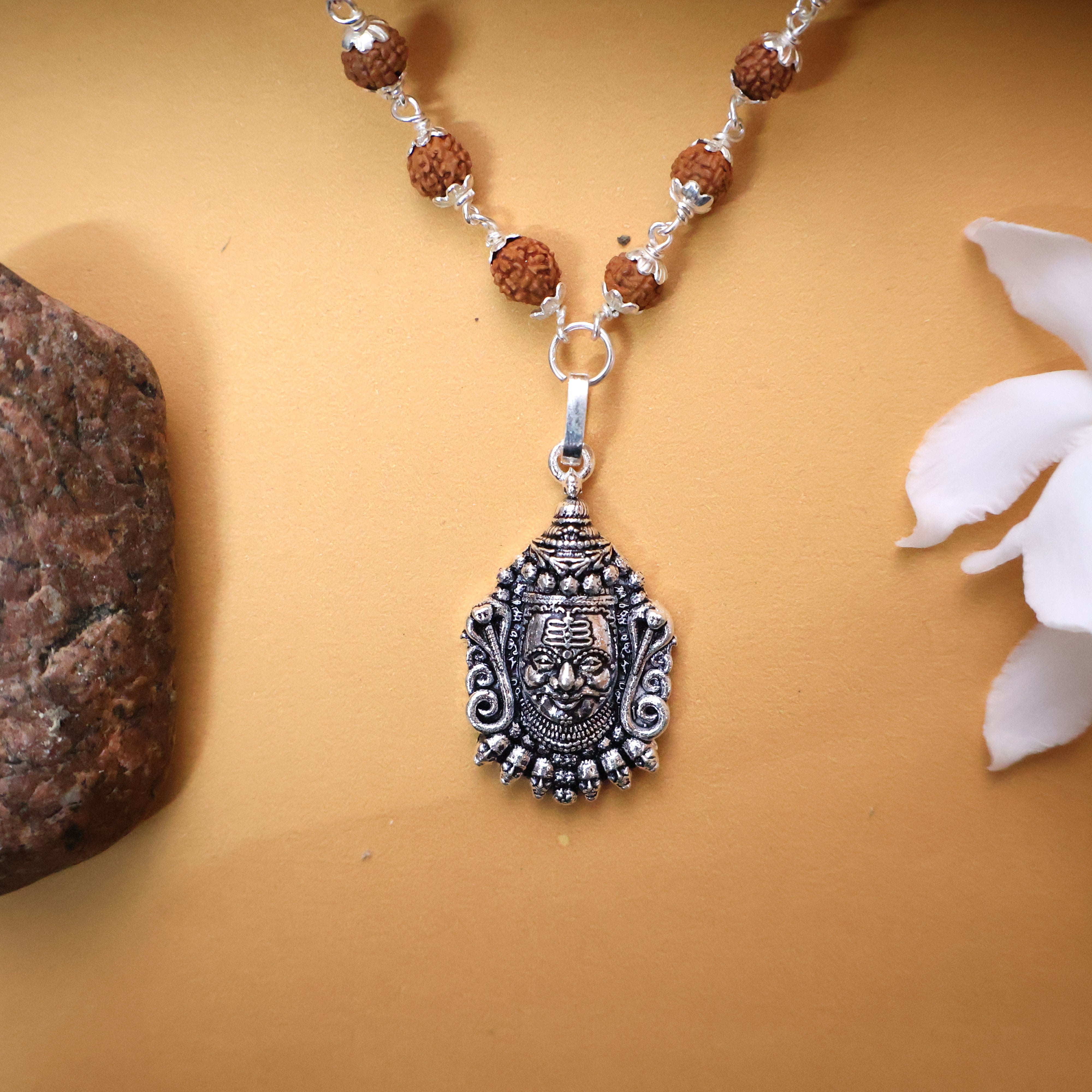Nestled atop the sacred Tirumala Hills in Andhra Pradesh, amidst the clouds and chants of devotion, stands the shrine of one of the most revered deities in India—Lord Venkateshwara. Also known as Balaji, Govinda, or Srinivasa, he is believed to be the manifestation of Lord Vishnu who descended to Earth in the Kali Yuga to uplift humanity and offer liberation through devotion.
The Divine Form of Vishnu in Kali Yuga
According to the Varaha Purana and Bhavishya Purana, Lord Vishnu incarnated as Venkateshwara to answer the prayers of the gods and sages during the darkest of times—when the world had fallen into the grip of ignorance, suffering, and spiritual decline. This incarnation is said to be eternal, Swayambhu (self-manifested), and holds the power to grant moksha (liberation) even in this age of materialism and distraction.
Venkateshwara's name is derived from:
-
Vem = sins
-
Kata = remover He is the remover of sins, the protector of dharma, and the granter of grace to all beings, regardless of caste, creed, or status.
The Legend of Tirumala
The story of Venkateshwara begins when Lord Vishnu descended from Vaikuntha to settle on Tirumala hills to bless devotees. He is said to have married Padmavati, a divine princess born of a lotus, in a celestial union that is still ritually celebrated every year in Tirupati.
A fascinating legend from the Venkatachala Mahatyam describes how Vishnu, burdened by debts from his divine wedding, took a loan from Kubera, the god of wealth. To this day, devotees continue to offer wealth and gold at the Tirumala temple—not merely as charity, but as a sacred repayment of that cosmic debt.
The Power and Mystery of the Tirumala Temple
The Tirumala Venkateshwara Temple is among the richest and most visited pilgrimage sites in the world. Yet its real wealth lies not in gold, but in the transformative darshan of the deity. The idol is considered alive, radiating energy so powerful that many report feeling immediate peace, healing, or tears upon seeing him.
The temple follows rituals from the Vaikhanasa Agama, and Lord Venkateshwara’s idol is decorated daily with different alankaras, symbolizing his divine moods and cosmic roles.
Why Devotees Wear Venkateshwara Pendants
Devotees across the world wear Venkateshwara pendants to invoke his divine protection and grace. Crafted in pure silver, these sacred symbols serve as a reminder that divine help is always near, especially in times of darkness. Lord Venkateshwara’s blessings are believed to bring stability, inner peace, and prosperity—both material and spiritual.
🕉️ Explore our sacred Venkateshwara collection in pure silver and carry the living presence of Govinda close to your heart.
Because in the age of chaos,
Venkateshwara is the god who walks with you.
Trusted References:
Let me know if you’d like a matching blog on Padmavati Devi, Tirumala Darshan rituals, or Govinda namavali meanings next!




